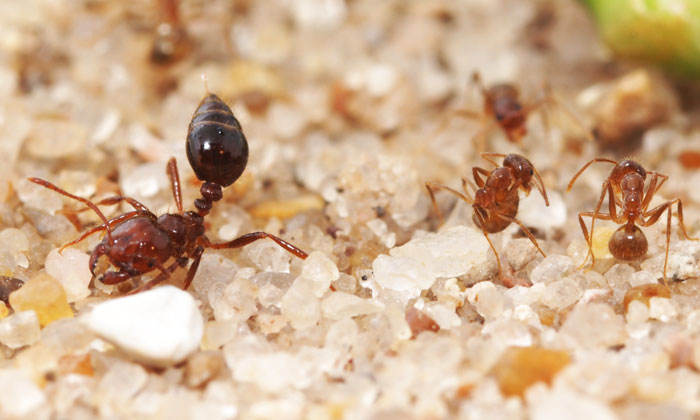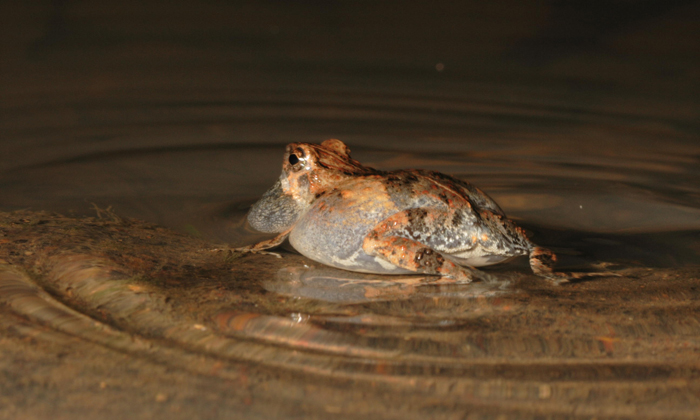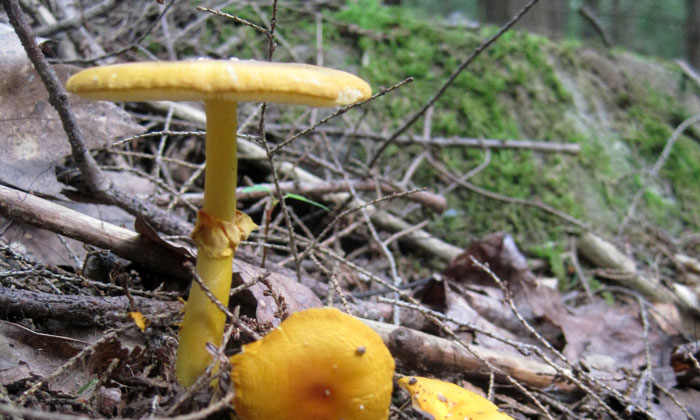Crazy Ants Dominate Fire Ants by Neutralizing Their Venom

Invasive “crazy ants” are rapidly displacing fire ants in areas across the southeastern U.S. by secreting a compound that neutralizes fire ant venom, according to a University of Texas at Austin study published this week in the journal Science Express. It’s the first known example of an insect with the ability to detoxify another insect’s venom.
































